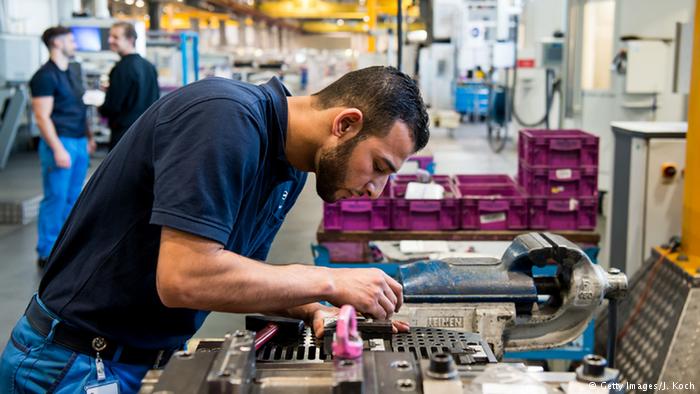
In many cases, migrants and refugees make vulnerable targets for exploitation within their host countries as they are often in positions of desperation and vulnerability. In many cases their skill sets or education are not suited to those needed in their place of settlement, forcing them into poor and inappropriate work conditions, hard labour or making them vulnerable to recruitment by traffickers to exploitation.
The UNHCR, OECD and other international agencies are working on an ‘Action Plan’ to overcome the issue of refugee employment. This plan aims to integrate refugees into the labour market by overcoming the issues and creating a strategy to identify the skills that can actively contribute to the economy of the host nation.
Through research and interviews, having secure and safe employment is the top contributor to integration in a new society, which protects them from the potential for labour exploitation. Although each host destination has subjective conditions and labour requirements, the action plan is a holistic and broad framework composed of 10 steps:
- Action 1 – Navigate the administrative framework
- Action 2 – Provide employers with sufficient legal certainty
- Action 3 – Identify and verify refugees’ skills
- Action 4 – Developing skills for job-readiness
- Action 5 – Match refugee talent with employers’ needs
- Action 6 – Provide equal opportunities in recruitment and combat stereotypes
- Action 7 – Prepare the working environment
- Action 8 – Enable long-term employability
- Action 9 – Make the business case for hiring refugees
- Action 10 – Coordinate actions between all stakeholders
Whether in refuge from conflict, environmental or economic hardship, 65 million people globally have been forcibly displaced from their homes, of which refugees make up 25.5 million. Due to the nature of globalisation, these rates are increasing, along with the frequency and types of labour exploitation of refugees and vulnerable populations.